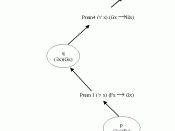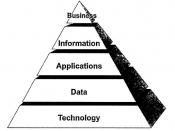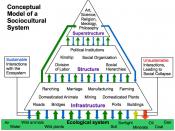Introduction.
The purpose of this assignment is to identify and explore one of Jacqueline Fawcett's (1984) metapardigm concepts of nursing that she identifies as being concepts central to nursing and explore how this is expressed in Judith Christensen's (1990) Nursing Partnership Model. The following discussion seeks to analyse the metaparadigm concept of 'person' according to Christensen (1990).
To facilitate this, it is important to discover what is meant by metaparadigm and to further explore what a conceptual model is. This will lead to a better understanding of what Fawcett means by the four metaparadigm concepts of nursing.
Within the development of nursing theories, there is recognition of common themes and concepts. A concept of a subject is related to the way it is viewed and can be a way of classifying a theme when applied to a particular area (Pearson, Vaughan & Fitzgerald, 1997). Fawcett (1984) identifies the four main concepts or themes central to nursing as including; health, environment, person and nurse.
These four concepts, the recurring themes and the inter-relationships between them are described as nursing's metaparadigm.
Metaparadigm is the combination of two words, meta and paradigm. According to Mosby's (1994) definition, Meta, can mean either "after or next" or "change or exchange." Mosby's (1994) defines Paradigm as "a pattern that may serve as a model or example. Chin & Jacobs (1987) identify paradigm as, a generally accepted world view or philosophy, a framework or structure within which theories of the discipline are organized. According to Fawcett (1984), "a metaparadigm of a discipline is a group of statements identifying its phenomena in a global rather than specific way." Metaparadigm is "the most global perspective of a discipline and acts as an encapsulating unit or framework, within which the more restrictive structures work" (Fawcett, 1984, p.5).
A conceptual...


